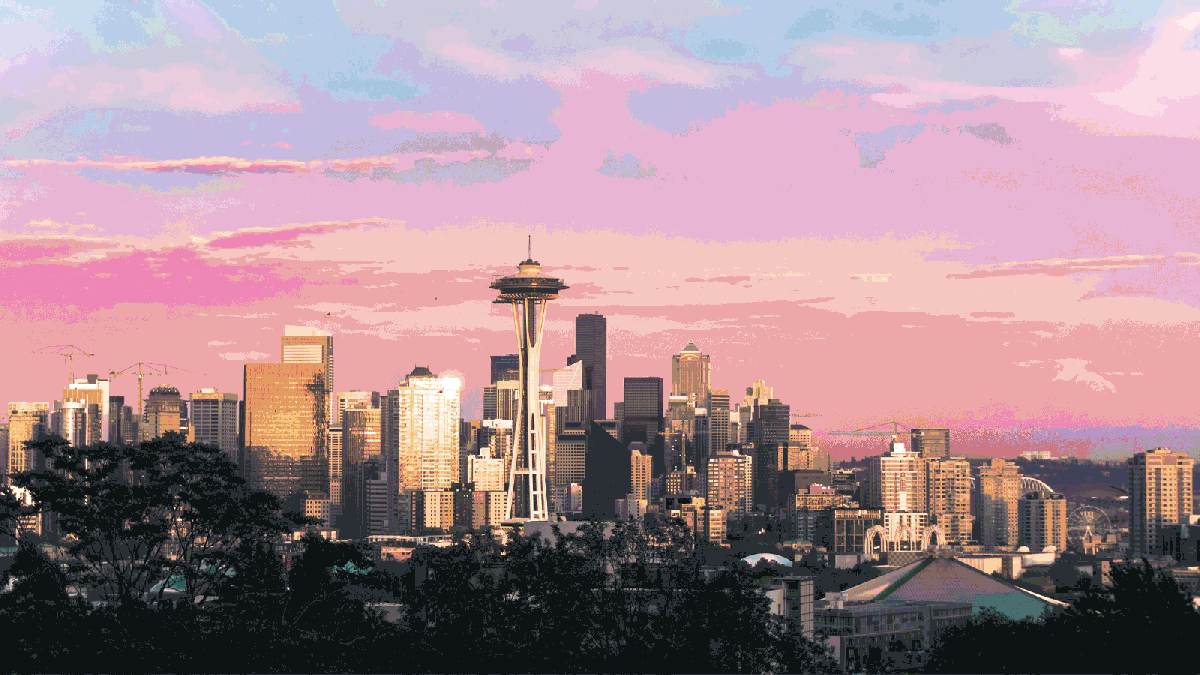The 6-foot-long mauve couch just showed up one night.
So did the washing machine, and the box spring, and the piles of office chairs that littered a homeless encampment on a hillside overlooking downtown Seattle in early June, where a 1-800-Got-Junk truck just pulled away after picking up a load*, piled to the brim.
“I’ve seen televisions, couches, random bags of trash that isn’t ours,” said Jody**, who has been homeless for about two years and was living in a tent near the top of the hillside on the day of my visit, directly below a large apartment complex.
“Things will just appear. People in those apartments there” — she gestured further up the hillside — “dump bags of trash over the fence.” Jody’s friend Robyn, who was living with her partner in a nearby tent at the time, added, “People dump stuff here all the time. I don’t know why. They’re so lazy — you have trash service, why don’t you use it?”
As homeless encampments proliferate across the country, so do the piles of trash that build up in, around, and near them — trash that local waste management companies struggle to collect. The problem is particularly intractable on the West Coast, where ri... Read more

